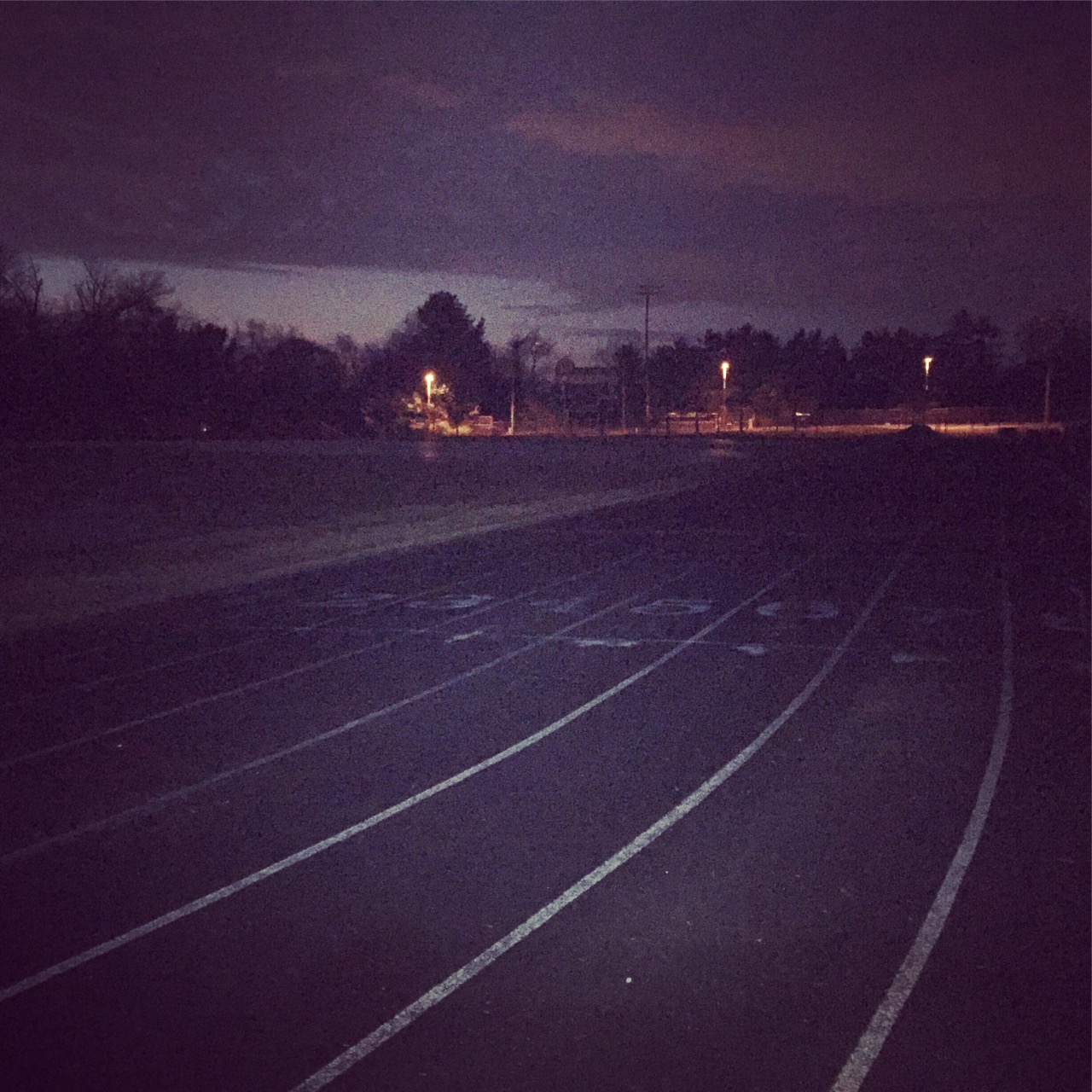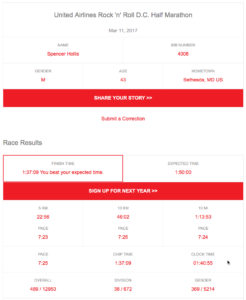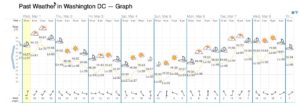I didn’t run much growing up. I played multiple sports that involved running, and I ran in gym class, but I can’t remember ever going out for a run. In fact, the first time I remember really going out for a run for fitness was probably in the early 2000s. Part of the motivation that day was receiving my first iPod–basically a white external, self-powered hard drive with a click-wheel.
In truth, while completely revolutionary, the original iPod wasn’t great for running. This was before solid state storage was widely available in large storage sizes, and the internal traditional hard drive would skip all the time when I ran. Still, the promise was there and it got me out the door and out on the road for miles; trying to smooth out my stride with every step to avoid the skipping.
Fast-Forward to 2010 and technology would come into play again. I was determined to lose weight and regain my overall health. I was determined to conquer the marathon and was fortunate, part-way through my training plan, to find adidas’ miCoach platform–an app-based training tool available for free on my iPhone 4.
Safe to say, it changed my life. I became addicted to workout data. How fast could I go? How long could I run? How high a ‘score’ could I get on the incorporated training runs? How many miles could I run in a month or year? There’s a rising back-lash against data at the moment, with a new “run by feel” movement starting to gain traction, but for me, the fact that I’ll have a record if I cut my workout short is enough to keep me going day after day.
From that day, I’ve accumulated a number of web sites that are my go-to for running-related data. Here’s the list. I’ll add to this as I find new sites that I spend time on. Feel free to recommend others in the comments section.
Training Tools:
adidas miCoach: This is my anchor. Still the best training plans and incorporated training/hardware solutions. Even better, it’s free, it’s easy to use, and it’s really slick. My training data goes here first before it goes elsewhere. It’s going away in a year, so if you’re not on, you’ve missed out. Not sure what my plan is for the EoL of the miCoach environment.
Runtastic: Just started with Runtastic, but I like the data and social elements. I’ve gotten a few ‘cheers’ on my runs and like the way it presents the data. It also automatically works with my Withings Body scale, which saves me a manual import step.
Strava: I’ve started working cycling into my workout routine, and Strava is excellent at capturing bike data (as well as running). I also like how Strava compares my runs with my own past runs and those of others along the same route. It’s the only ‘premium’ site I pay for and, though much of it is redundant with Runtastic and miCoach, I find value in having the data tracked here too. Strava links with the Withings scale too, but it runs through Apple Health and isn’t as seamless as I’d hope.
Zwift: If you have an indoor smart bike trainer and aren’t using Zwift, you’re missing out. It’s crazy good. Makes indoor cycling almost as good as outdoor cycling (better than outdoor when it’s freezing cold and dark outside). Syncs automatically with Strava.
Withings: This is the website, but it’s really the scale and the app. As a data-freak, I love that I step on the scale and it beams my info (including BMI) to my phone and my other apps. I’ve never been as in touch (and frustrated) with my weight before, but I guess knowledge is power.
Running Tools
Coolrunning Pace Calculator: It’s really simple, but it’s my go-to calculator, enabling you to put in any two of race times, distances and pace and it calculates the third. It’s exceptionally handy.
Running for Fitness Calculators: Another set of calculators with previews of race paces, training zones, weight-impact-on-race-times, etc. Good stuff.
Timeanddate.com: This isn’t really a running tool, but rather a cool site that allows you to figure out three things critical to any runner’s repertoire: When will the sun come up/go down so I know if I need to wear lights? What is the time difference between home and the race location so I know how much acclimation time I’ll need to adjust? How many days/weeks are there until race date? This is critical for planning out the calendar.
AccuWeather.com: Somewhat self-explanatory. Will it rain? I rely on the ‘MinuteCast’ for this, which is pretty reliable (though not 100%).
Others
DC Rainmaker: Ray is the man. Reviews the latest fitness tech. Used to live in the DC area, but is now in Paris. Worth a read before you buy anything.
ahotu Marathons: This is a very comprehensive listing of Marathons, Halfs and Ultras taking place worldwide. Wonderfully searchable/filterable to find just the race you’re looking for, in just the right place, at just the right time of the year. Worth registering to help build up this community. It’s a pretty great resource.
Runners World Magazine: I was on the fence on including this. First of all, I don’t subscribe (I know, #PressOn). I find Runners World to be similar to Men’s Health and other faux fitness magazines that tend to cycle through the same six articles in every issue (Tackle your PR! Recovery Secrets! Perfect the Pace of your Long Run! Lose Weight by Running! You Need These Stretches!). It’s basically click-bait for runners. I DO subscribe to the daily digest, which has interesting stories about inspiring runners around the world. Their shoe reviews are pretty comprehensive, but I sense a pay-for-play aspect to them (plus, shoes are religion for runners…once a runner finds one they like, they’ll never change).
Montgomery County Road Runners: This is my local club. If you run, join your local club. They host cool events, they help advocate for trails, they help more and more people get off the couch and live more active lives.


